Haydn and Bex Langton moved to a vastly different environment when they left their farm at Ōpunake in coastal Taranaki.
They said goodbye to a flat, 71 hectare, summer-drought-prone property to move to a hilly farm on the northern boundary of Te Papakura o Taranaki (Egmont National Park) near Kaitake, where the rain is measured in metres.
Their 280ha (187ha effective) West Coast Lease farm has around 50ha of mist-shrouded native forest vistas. The call of the kiwi can be heard from their house.
Haydn, of Taranaki iwi Te Ātiawa, and Bex have been together for 18 years and have a blended family of six children aged 27, 26, 25, 24, 23 and 22.
Haydn’s father had been a teacher, but from quite a young age decided that he wanted to be his own boss, so he began farming. Haydn followed in his footsteps.
His father wanted his sons to first work off farm, so after leaving school Haydn worked for AA Insurance for a year, and for two years at BNZ before spending 12 months on his OE.
He then returned and worked on the family farm for 23 years, the first six or seven years as a lower-order sharemilker, before purchasing the farm.
“Dad was a ‘sink or swim’ teacher. It was a case of ‘learn to farm the property and only come to me if you have any problems’,” says Haydn.
“‘Learn from your mistakes’ was his motto. After those first years sharemilking I was considering moving to another farm, but Dad suggested that I buy the property I was on instead.”
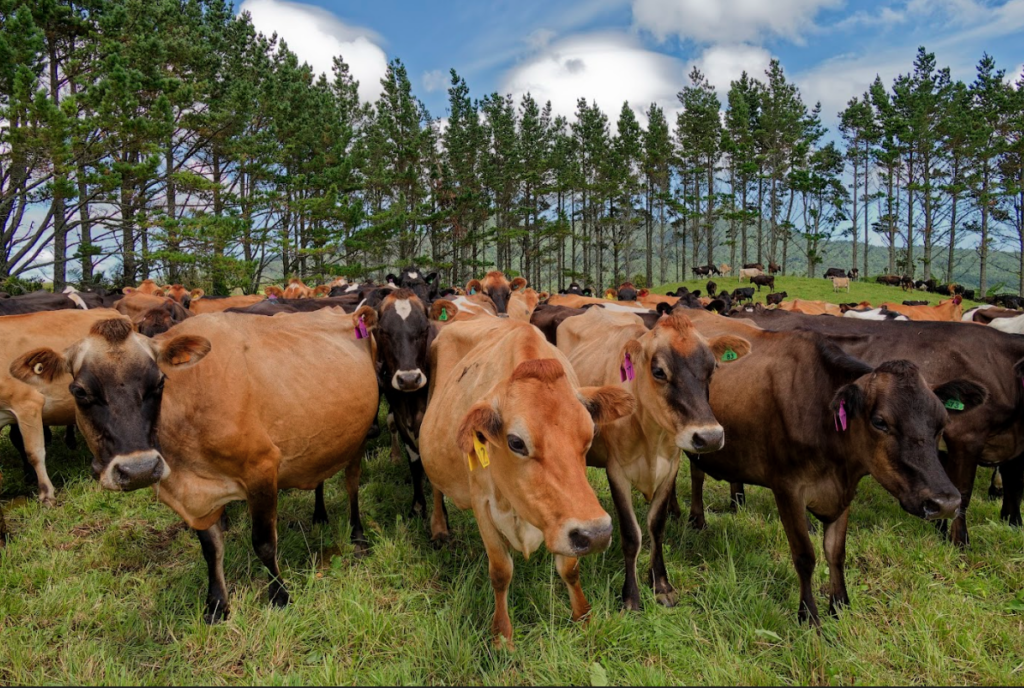
Bex grew up on her parents’ 160ha dairy farm on the Hauraki Plains.
Bex left school to attend Auckland University, where she completed a Bachelor of Science degree majoring in chemistry and mathematics before going to Teacher’s College for a year. She has taught at Orewa College, Waihi College, Ōpunake High School and was the deputy principal at St Joseph’s Ōpunake.
Bex now has her own business working as an educational facilitator, and travels throughout the country.
She says she is a “silent partner’ in the farm and Haydn and his staff do the day-to-day work, but she does own a pair of Redbands and has milked from time to time.
Haydn bought the Ōpunake farm around 20 years ago, milking 220 cows.
“I farmed beside my brother on family farms that were both around 70ha each. But in my mid-40s Bex and I decided that rather than just keep cruising, we should have a crack at a new challenge.
“The climate was changing, and we were continually fighting droughts. I stumbled upon this farm, and I brought Bex to see it. I’m sure she thought ‘Where are you taking me?’”
The Kaitake farm is a West Coast Lease property. The couple have been there since 2015 and see themselves as kaitiaki of the land. As such, they are striving to improve the farm and leave it in a much better environmental state.
The farm milks 420 cows with two full-time staff.
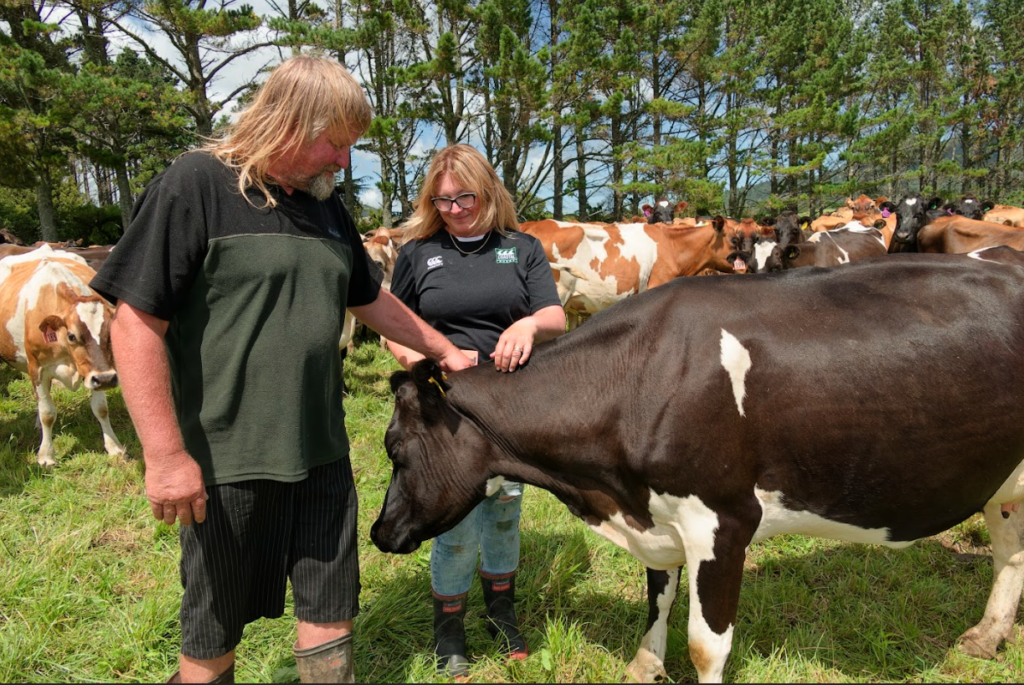
They farmed organically in Ōpunake and were progressing through the organic certification process. They have brought some of those principles to their current farm.
“Dad visited Ireland and saw just how much urea they were applying. He immediately started using vermicast and chicken compost as fertiliser on the Ōpunake farm, and we continue to use it here.
“We haven’t used any phosphorus on the flats in the eight years we’ve been here. The soil tests have all been pretty good,” Haydn says.
While the rainfall can be as high as 3.1 metres, it drains speedily to allow pasture to quickly recover.
Clover struggles to grow well, which Haydn puts down to the sheer volume of rain they receive, and that the ryegrass doesn’t have a dormant period for the clover to come through.
During the milking season the flatter paddocks are used at night, because it’s too dangerous to use the hilly paddocks when they get the cows in for morning milking.
“This farm doesn’t have a deep rooting soil structure due to the high rainfall. The plants don’t need to hunt for water.
“On this property the timing of any fertiliser application is carefully managed as the steep terrain could result in runoff into our five rivers.”
It requires a different approach, he says.
“We’re doing mostly what we’ve always done but are modifying it to suit our environmental conditions and terrain. It’s a hilly and dangerous farm, especially during winter.
“So, for safety reasons we sometimes need to use a helicopter for the application of chemical-based fertilisers [DAP and urea].”
The best production year prior to them taking over the farm was 140,000kg milk solids, averaging around 125,000kg MS. Back then, the farm was milking 450 cows, and the young stock were grazed on farm.
The Langtons’ highest production is 193,000kg MS and in recent years they’ve averaged around 180,000 kg MS.
Their best per-cow production was 460kg MS, but they usually average around 420kg MS in their very challenging environment. They also graze their young stock off farm.
“Because it’s so wet here, utilisation drops off overnight. We dial the in-shed feed up or down as required to fully feed the cows during those periods. I aim to fully feed them from the start of the season,” Haydn says.
“This also has herd health benefits, resulting in less downed cows. If it’s wet, we might not be able to get the tractor to an ill cow.”
Haydn has made some management changes, such as reducing the herd size, and this year he’s pushed calving back a week because he was needing to excessively feed out during the early part of calving.
He is aiming for a Jersey-based A2/A2 crossbred 450kg cow. His ideal cow is one that will reach 10 years old, get in calf every year, has good feet, sound udder, produce 420kg MS and is, in his words, “not afraid to hunt up the hills for its feed”.
Haydn is a firm believer in fully feeding the cows from early on to get them cycling. They use no intervention, only tail paint.
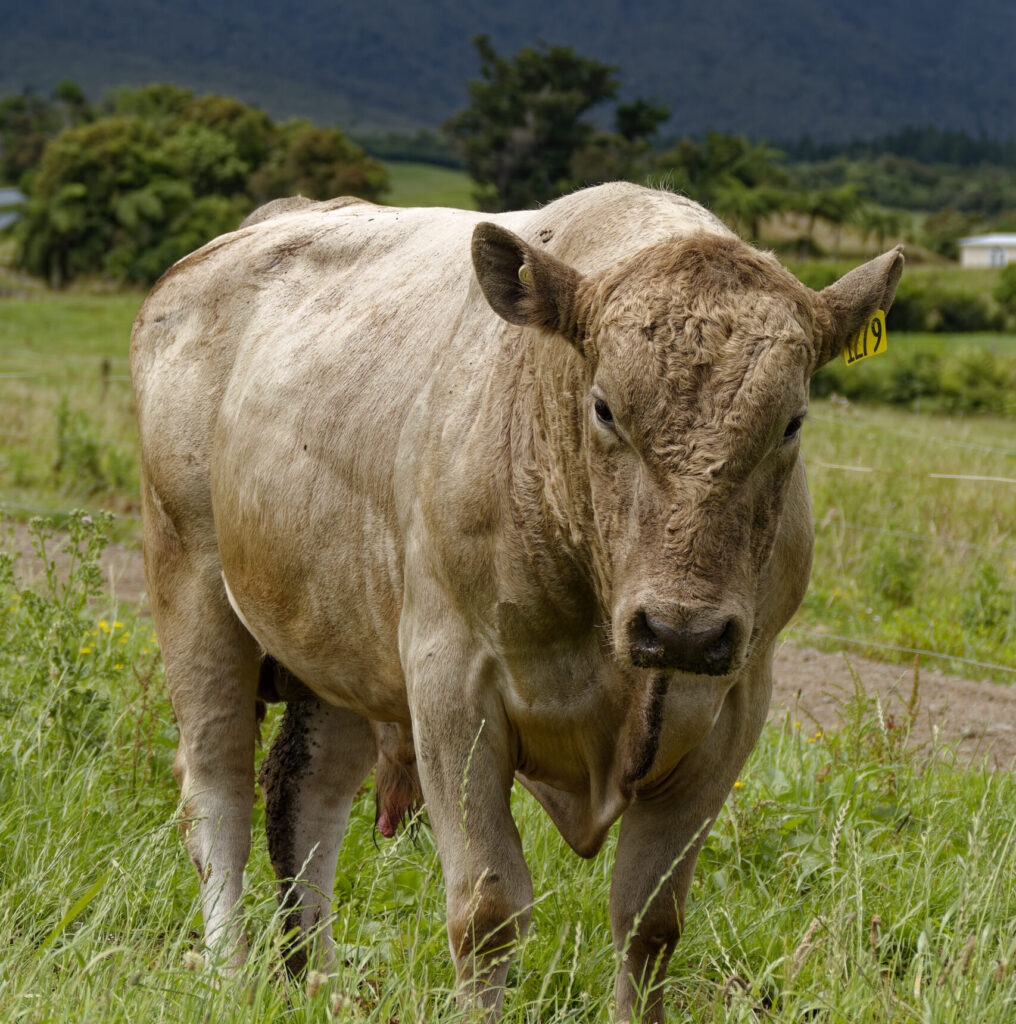
This year Haydn decided to start AI on November 4, a week later than usual. Seven Jersey bulls are also put in with the heifers on that date at the grazing property.
There are three weeks of AI using a mixture of CRV and LIC bulls, before one week of Charolais AI used as a marker for when the dairy AI calves are finished. Six weeks of Murray Grey bulls are then used to tail the herd.
“I’ve always nominated my bulls to get the traits we need. I look for easy-calving bulls and have only had one vet callout to calve a cow in the last two seasons,” Haydn says.
“We usually have a 90-92% in-calf rate. If a well-fed cow with no health issues doesn’t cycle, why would you breed from it? Last year we tried sexed semen for the first and last time, but only had 30 heifer calves from 100 straws.”
Calving begins on August 4, and they usually keep 90 replacements. The calves are collected in the morning and again later in the day if bad weather is imminent. They’re housed in a newly built five-bay calf shed.
Haydn feeds the calves once daily from day one on colostrum while it lasts, before switching to milk powder. They’re offered meal from two weeks old and are sent out for grazing on May 1.
The herd is vaccinated for rotavirus and salmonella prior to calving, which takes a lot of stress out of the busy spring period.
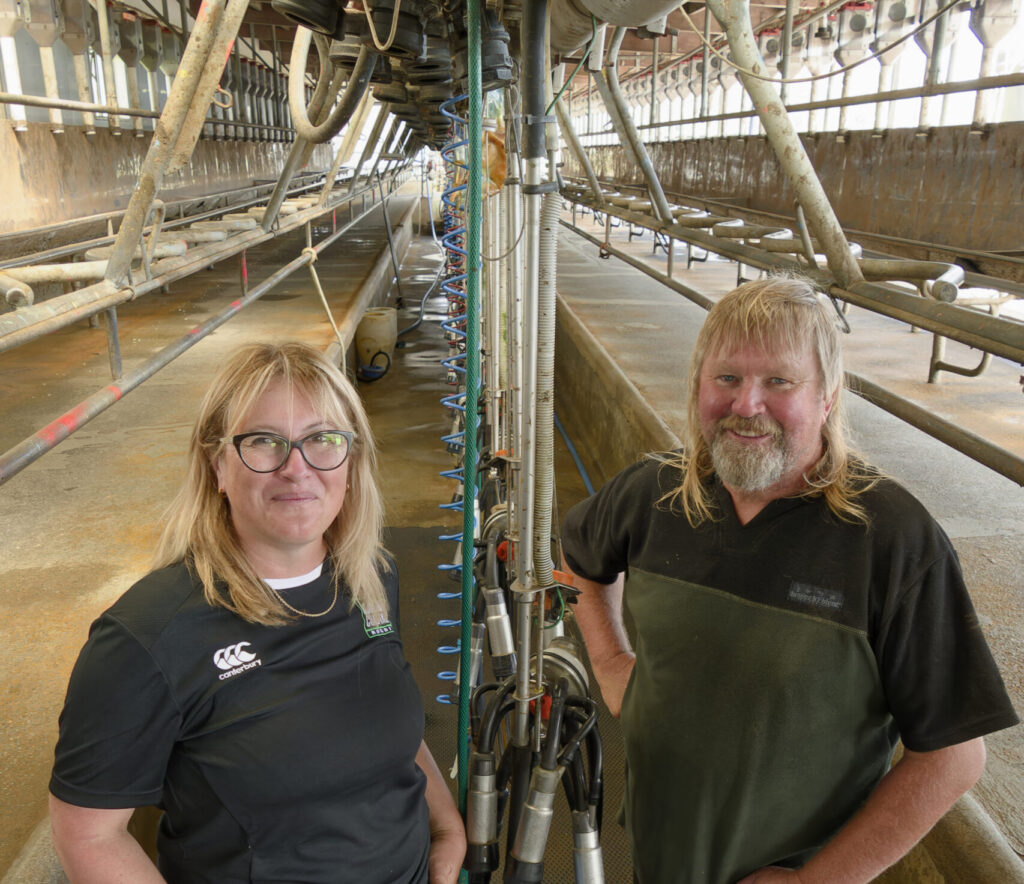
The farm is in three titles and the next infrastructure task is a water system upgrade. The current system uses smaller pipes than what Haydn is used to, as their Ōpunake farm was part of the pressurised Oaonui Water Supply.
It’s been a learning curve understanding the gravity-fed system, which often loses water due to lack of volume.
The farm has a 40-a-side herringbone cowshed with ACR, in-shed feeding, and a newly installed greenwash system for the yard. They recently built a separate AI race to comply with health and safety regulations.
Haydn installed a zigzag back rail and needed to strengthen much of the pipework the season after the in-shed feed system was installed.
The farm has had some issues with mastitis, with somatic cell counts hovering around 220,000-230,000. They now use dry-cow therapy on the entire herd and it has fallen to 150,000.
They run three dry mobs during winter and utilise a 120-day round and 1.5ha of pasture per day (0.5ha per mob).
In late spring a 21- to 22-day round is used, and this is pushed out to 30 days in summer.
The farm operates at System 4, using an in-shed feeding mix of PKE, kibbled maize, Thailand-sourced tapioca, DDG and Forti-min + Monensin 40.
At the start of spring, 13 tonnes of meal is fed every five days.
Over the past few years they’ve needed to buy hay, purchasing 200 bales last year. This season the farm has produced 220 bales of silage and 130 bales of hay on farm, and they purchased a further 166 bales of hay.
Over the past few seasons, the rain has become more widespread, rather than the typical short, sharp three-day weather events they were used to.
When the rain is spread out over a period of time it becomes difficult to grow and harvest crops.
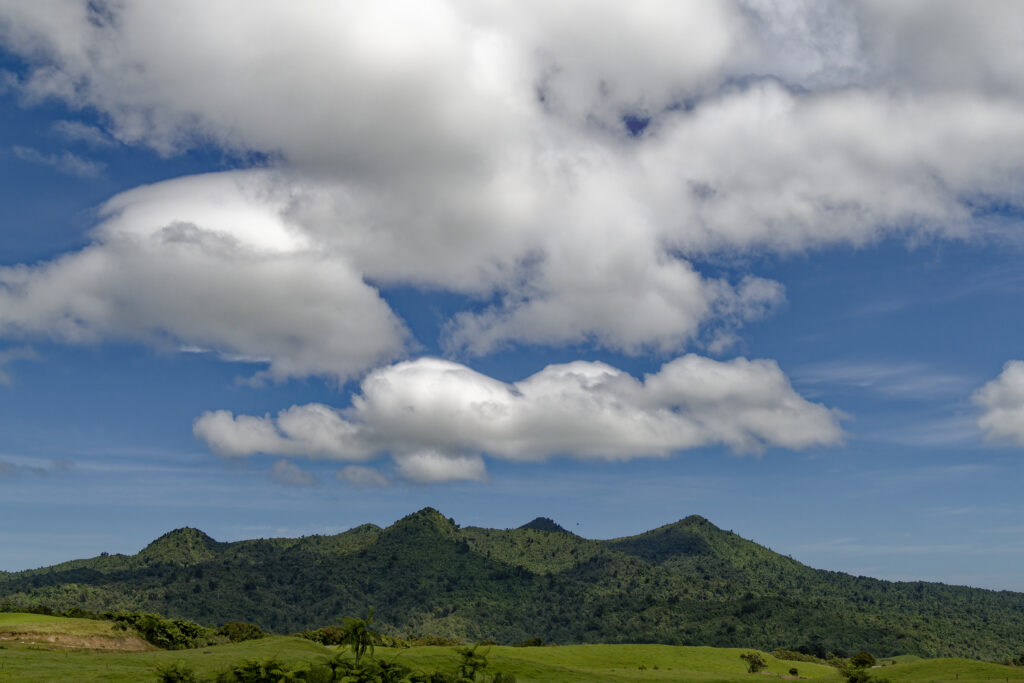
“We can take big amounts of rain, because it’s all downhill here. If we get 150mm of rain, we can be back on the paddocks within a few days.
“In a hilly high rainfall area, you actually need a lot of rain because it drains so fast. During a severe weather event in February 2022 we had 300mm of rain in one day,” Haydn says.
The previous effluent system was to spray the pasture from the pond. It was a stressful operation, especially when it was raining. Another weather event took out the farm’s second freshwater pond.
Haydn was already considering upgrading the system when that event forced his hand.
A three-pond anaerobic/aerobic system was built and 9m was taken off a hill to build the system.
There is a solar-powered aeration system in the second pond, and a third pond leads down to a wetland and gravel beds. A trickle system runs into the gravel bed and out through the wetlands.
The farm has a 25ha effluent platform and a Cobra Travelling Rain Gun powered by a stationary diesel motor to irrigate from the top pond when the weather conditions allow.
Their next step, once the wetland system is established, is to monitor the amount and quality of the water running into the system, and what leaves it through the wetland into the river.
“The farm currently has a Taranaki Regional Council dual consent. We aim to make the exiting water quality the same as what enters the system,” Haydn says.
“There’ve been a few teething problems. Due to the greenwash system, the nutrient loading has been getting a bit high in the first pond. We need to manage this by removing solids from the first pond until the wetland is more established to cope with the extra nutrients.”
Taps have been installed to regulate the flow to the wetland whenever needed. Irrigation to land takes place during summer or when conditions are suitable.
Soil moisture testing is important to ascertain when it’s appropriate to irrigate. They aim to establish how many days of the year they can safely irrigate to reduce any environmental impact.
The cowshed gutters have been renewed to divert rainfall so it can be used for the shed washdown. They use a greenwash flood system for the main yard.
The farm is part of the HADES (High Altitude Dairy Environment Solutions) group of farms. This is a Taranaki catchment group formed to assist dairy farmers in meeting the challenges of high altitude and high rainfall farming.
Bex says their current priority is finding cost-effective solutions for effluent management.
“Our aim was to see if this system would work because there are 250 other Taranaki farms in a similar situation that may benefit from what we’ve learnt.”
With the chance of a lower payout predicted for next season, farmers are looking at ways to cut costs.
Last year Haydn fixed half of their production at $9.80/kg MS, which proved to be a wise move. He’d listened to the news and read many news articles and it seemed like the prudent thing to do at the time.
But, “even though this was the right thing for our season, in a true co-op everyone should be paid the same”, he says.
Over the past two years they’ve offset some of their farm income by harvesting 15ha of timber from their 30ha pine forestry.
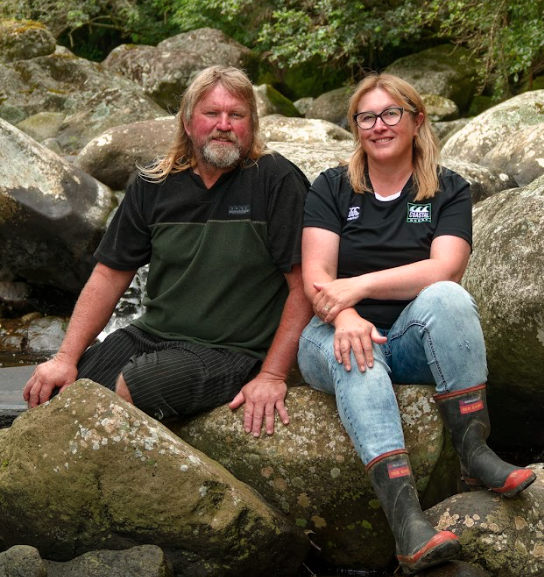
They were wondering what they were going to do with the land after harvest, but the natural native plant regeneration has been phenomenal. The land was probably going to be planted into native bush anyway, but the natural regeneration made their decision an easy one.
“When times are tough Haydn’s strategy is ‘Don’t tell Bex what he’s spending’,” Bex jokes.
“But seriously, we don’t live a lavish lifestyle and the farm takes priority. We’ve tweaked a few things and postponed some infrastructure projects. We never cut down on cow feed.”
Says Haydn: “In general, I think farmers are much better at making adjustments during the tougher times and consequently are better at riding out those storms.”
The farm is a partner farm of the Dairy Trust Taranaki Step Change programme designed to help dairy farmers achieve financial gains while making progress towards environmental goals and adapting to pending regulations.
Dairy Trust Taranaki has partnered with DairyNZ to run the programme to create change on Taranaki dairy farms with respect to increased profit, lower methane output and lower N surplus.
“We’re kaitiaki of this environment, but we’re also kaitiaki of farming as a career choice. We’re passionate about dairying as an industry and want to help ensure its future. If we can share what we learn with others, it’s a win for the industry too,” Bex says.
“Early on, we began considering retiring parts of the farm. We were interested in the carbon credit process, but currently as leaseholders we can’t claim carbon credits or offset any of our plantings,” Haydn says.
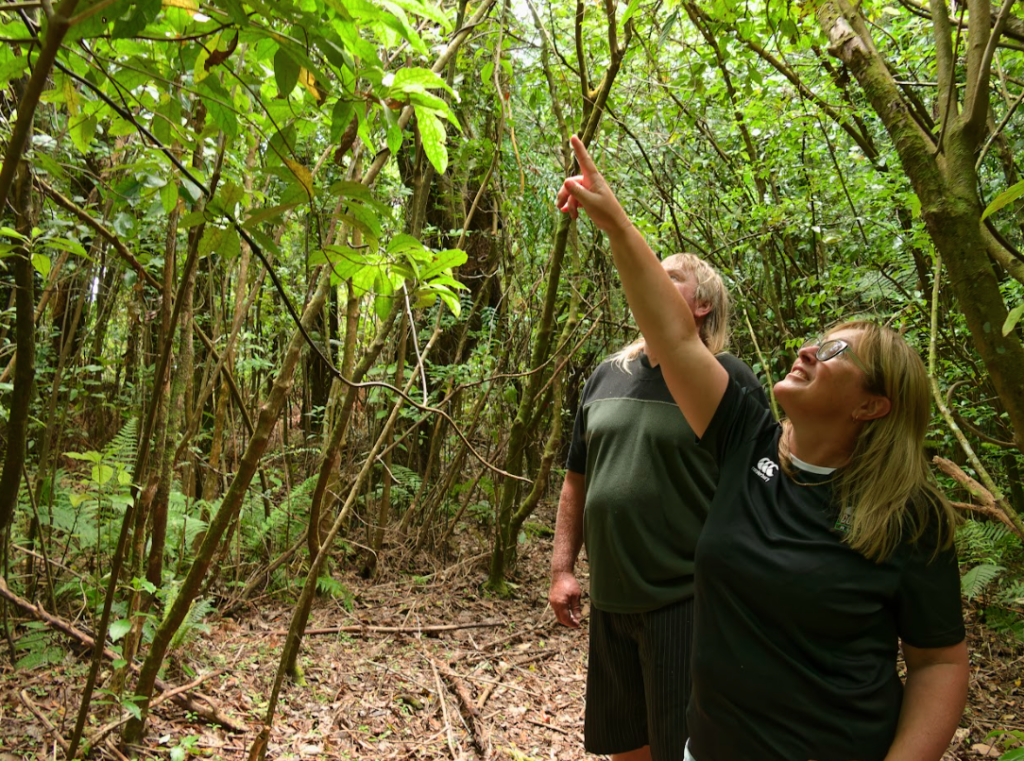
Haydn values Step Change’s support and is currently exploring further different scenarios for the farm. “I love asking the ‘what if’ questions. It forces you to be creative in your approach,” he says.
The couple haven’t had to do a great deal of riparian planting because the farm naturally regenerates without intervention.
“We don’t often stop and look at what we’ve done here. Haydn’s pretty humble about what he’s achieved. Holding open day events and listening to the visitors talk about what they’re seeing really drives home what we’ve managed to accomplish so far,” Bex says.
Haydn loves being outside and, through farming, has been his own boss since he was 23 years old. He doesn’t think he could be happy in any other career.
“My measure of success is to have enough food in the cupboard that I can feed anyone if they turn up here. We’re producing food and supporting other families by employing staff. My ancestors were gardeners and grew food too. My parents, siblings and children do too, so I think it’s just in our DNA,” Bex says.
“We’ve fallen in love with this farm. The sheer number of rainbows and incredible amount of birdlife make it a pretty special place to be.”
This article first appeared in our sister publication, Dairy Farmer.










